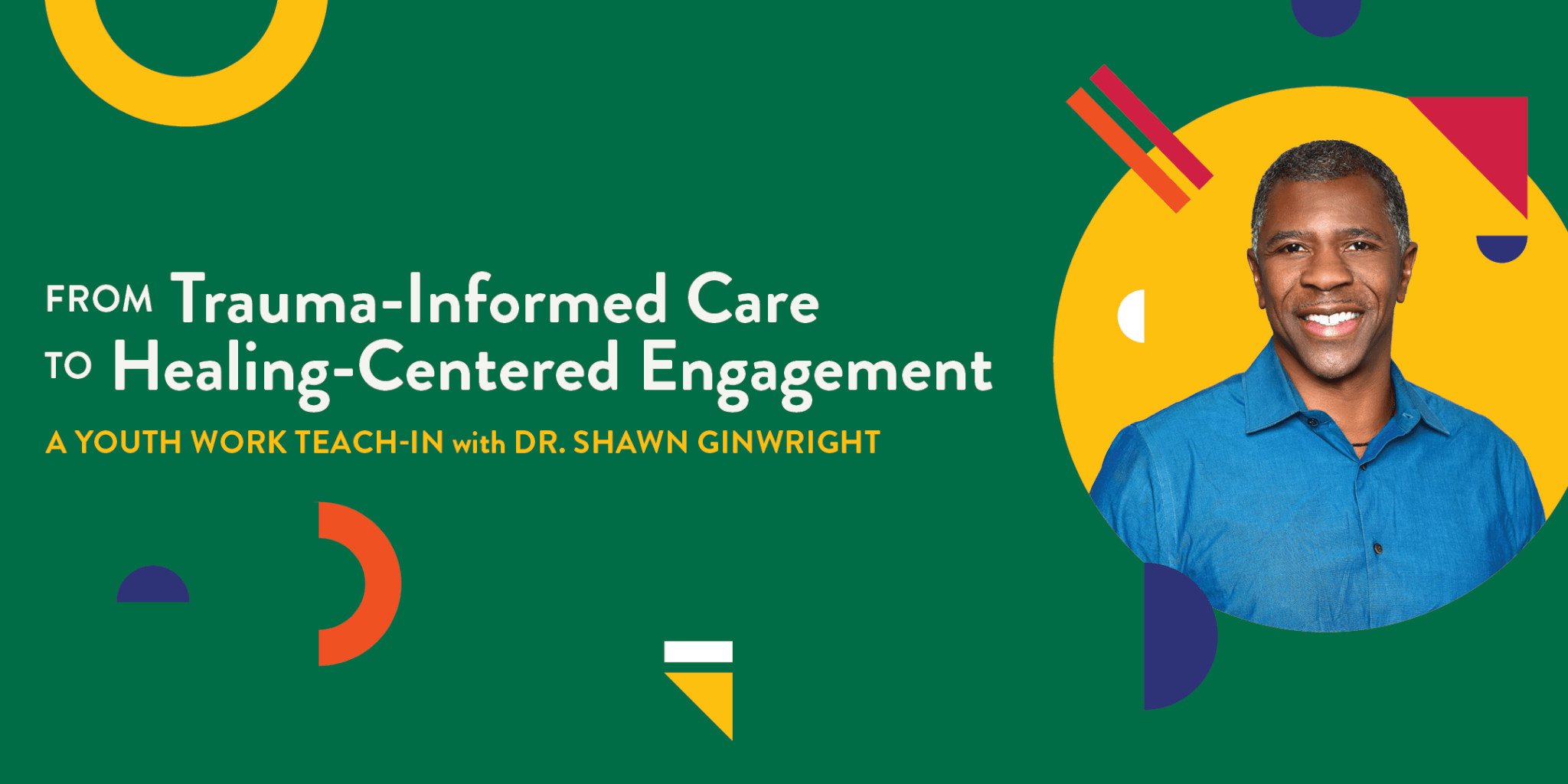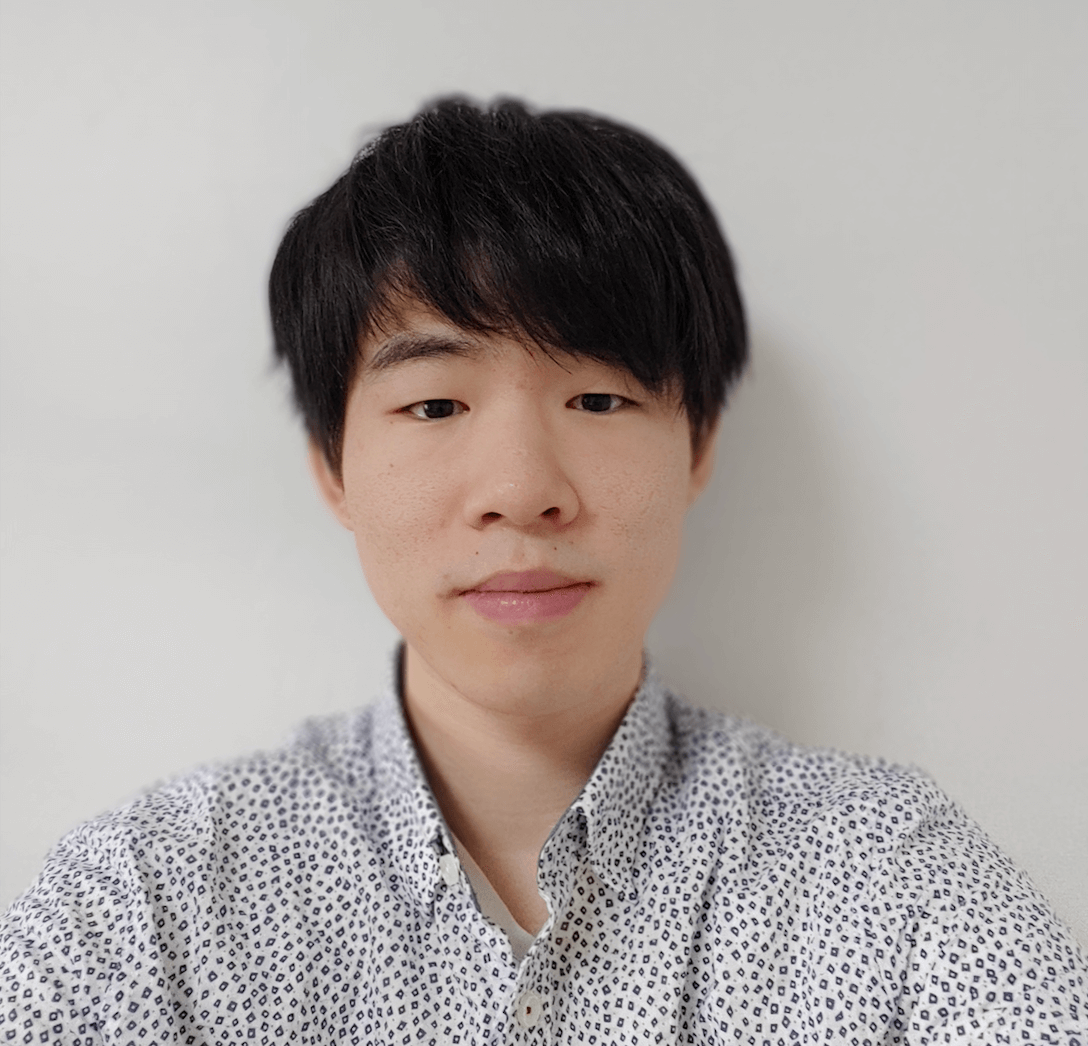Reflections from a Youth Work Teach-In with Dr. Shawn Ginwright: Trauma is Systemic
On February 11, 2021, YouthREX hosted our first ever virtual teach-in, From Trauma-Informed Care to Healing-Centered Engagement: A Youth Work Teach-In with Dr. Shawn Ginwright. The event was energizing, engaging, and our most attended virtual event yet! YouthREX Research Assistants Jae Woong Han and Olive Arinze offer their reflections and takeaways on the event in this mini-series. Stay tuned for our next virtual teach-in! 🙂
On February 11th, 2021, I participated in an online event – From Trauma-Informed Care to Healing-Centered Engagement: A Youth Work Teach-In – that was organized by YouthREX. As a third-year social work student, interested in correctional social work and working with youth in conflict with the law, I found this event very valuable. Dr. Shawn Ginwright was the keynote speaker for this event; he is a Professor of Education in the Africana Studies Department and a Senior Research Associate at San Francisco State University. His research area focuses on social justice and youth empowerment. Dr. Ginwright is the founder of Flourish Agenda, Inc., which is a national non-profit organization that designs strategies to engage youth of colour and adult allies in transforming their schools and communities.
Dr. Ginwright discussed why healing and engagement are crucial in working with youth – not just for young people, but for practitioners, too. To efficiently support young people, adults should be able to take care of their own wounds. I could relate to his lesson with respect to mindfulness-based training since this helps the individual to focus on the present moment and can help make one’s feelings better. There were several key lessons I took away from the Teach-In about how a healing-centred approach can shape how you work with clients from different generations.
Trauma is Systemic
There are so many structural and systemic barriers that an individual faces in society, including the stigmatization faced by racialized people. When Dr. Ginwright said that trauma is systemic and that trauma is the result of the environment, I began to realize the value of the social work courses I am taking at York University, which emphasize a similar understanding.
When Dr. Ginwright shared his experience of visiting and talking with prisoners, I thought about the importance of healing for this population. According to Dr. Ginwright, these prisoners were considered a “threat” to society, and healing is crucial to prevent cycles of future harm. As a future social worker, I know that I must confront any prejudice I may have towards prisoners. Similar to the trauma that is influenced by the structural oppression of marginalized populations, criminalization is also the result of colonialism and racism.
In listening to his story, I reflected on another past webinar organized by YouthREX, Supporting Positive Outcomes for Youth Involved with the Law, which discussed the overrepresentation of Black and Indigenous youth among young people in conflict with the law. Again, this is caused by the existence of structural and systemic barriers experienced by racialized populations. I have found that healing and providing space for positive engagement and development are essential for any population, including those who are in conflict with the law. I have to be aware of the possible oppressions that the individual may be experiencing and work to create safe spaces.
One of the artists who performed during this event – Dwanye Morgan – shared two spoken word poems before Dr. Ginwright’s keynote that referenced how trauma is systemic. His first poem was inspired by a 1970s study about race and his experience with his daughter, called “Dollhouse”. I felt really sad when I heard his young daughter’s negative thinking about a Black doll, which is influenced by mainstream education and society. The second poem, which he had performed for President Barack Obama, described colonialism and the impacts of slavery that are still felt. I could understand the over-criminalization of Black people as a continuing form of modern-day slavery, and I was able to connect back to this theme from Morgan’s two poems. Dr. Ginwright went on to highlight the importance of inclusion and diversity in education.
It’s Not PTSD – It’s PTSE!
For me, the highlight of Dr. Ginwright’s talk was being introduced to the idea of Post-Traumatic Stress Environment (PTSE). PTSE helps to explore the root causes of stress and trauma – an individual’s current environment – which is different from Post-Traumatic Stress Disorder (PTSD) that focuses on an individual disorder that is caused by past experiences. It is important to look at the social environment that is continuously impacting a person’s mental health. I learned the term social toxicity, which can disrupt a person’s sense of peace and wellbeing. Social toxicity could include racism, poverty, homophobia, colonialism, and so on. I’ve found as a social work student that it is crucial to address these social toxicities to effectively support individuals.
Dr. Ginwright highlighted the importance of healing from traumatic experiences, and how gender barriers, including sexism, are significant social toxicities. Kim Ninkuru – the second artist who performed at the event – spoke to this in her poem. She uses her art to express various emotions, such as rage, love, and pain, and link these to her body and mind. Her poem was called “Black Digital Angels”; listening, I could reflect on the experiences of Black women and how much the experience of Black girls is different and difficult compared to white girls. It is crucial to highlight more experiences of Black women who will have different perspectives about the barriers they face.
CARMA: Culture, Agency, Relationships, Meaning and Aspirations
CARMA is the acronym for the five principles of healing-centred engagement that Dr. Ginwright introduced. For culture, I think it is crucial to be aware of one’s cultural, racial, and social backgrounds and identities, and those of others. Agency is needed to recognize the consequences of imbalanced power dynamics that can affect the individual and their community. Relationships are needed to create open spaces for people to engage with each other. Meaning is to provide purpose and values and to open up different people’s perspectives. Aspirations are necessary to bring a vision for future development. I found CARMA to be an inspiring method to help support the individual, as well as useful for the practitioner to become more mindful.
So How Do We Provide Support to Young People Who Have Been in Conflict with the Law or Incarcerated?
During the Q&A, this was one of the questions I was interested in taking note of. Since I am interested in working with youth who have been incarcerated or in conflict with the law, I wanted to hear how Dr.Ginwright would answer.
Dr. Ginwright answered that the school environment is very important for young people, and described the school as a key environment for youth development. However, the current school environment does not provide enough safe spaces, bring consistent care, or put effort into understanding what is going on in the lives of students. Dr. Ginwright said that instead of a focus on disciplining students, schools and teachers should be curious about the students’ behaviours and look at these as symptoms that can help them to address root causes, like how doctors work with their patients. As a social work student, what I have taken from Dr. Ginwright’s answer is that I need to provide a safe space for youth to express their feelings and thoughts. I have realized that I should be very patient when I am working with these youth, since they need time to feel safe to express themselves. I appreciate how Dr. Ginwright gently answered many questions during the Q&A.
Conclusion
As a social work student who wants to work with youth in conflict with the law in Canada, I found this event to be very meaningful. I have considered how social construction brings about oppression for racialized populations. As a YouthREX Research Assistant, I also believe that there should be more knowledge exchanged between youth work professionals and the community in order to provide safer and more comfortable spaces for youth in Ontario. There were over 500 participants at this event – from province to province and from the U.S. and beyond. Because of COVID-19, I have found that more people from different areas can easily connect through social media and online platforms. I could not imagine being able to connect in this way with people from different regions – including myself, as I’m working for YouthREX right now while living in South Korea!


